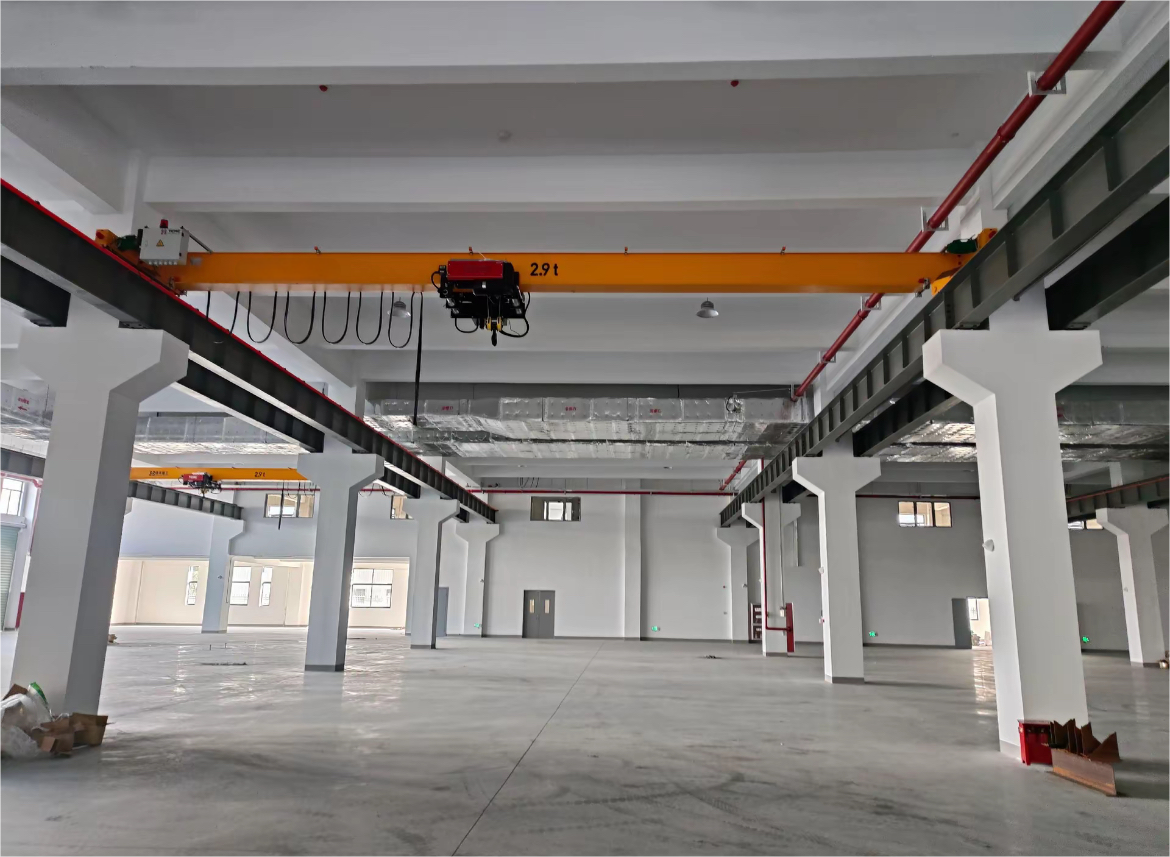Lightweight Design of Single-Girder Overhead Cranes: A Path to Energy Efficiency and Sustainability
1.Background and Necessity of Lightweight Design
Traditional single-girder overhead cranes often use conventional steel and redundant structural designs, resulting in excessive self-weight, high inertial resistance, and substantial energy consumption during operation. Statistics show that approximately 30% of a crane's operational energy is consumed to overcome the additional load caused by its own weight. Furthermore, heavy structures increase building load-bearing requirements, indirectly raising construction costs.
In this context, the lightweight design of new Chinese-style single-girder overhead cranes has emerged. Its core objective is to reduce self-weight through technological innovation while ensuring load capacity and safety, thereby minimizing energy consumption throughout the equipment's lifecycle.
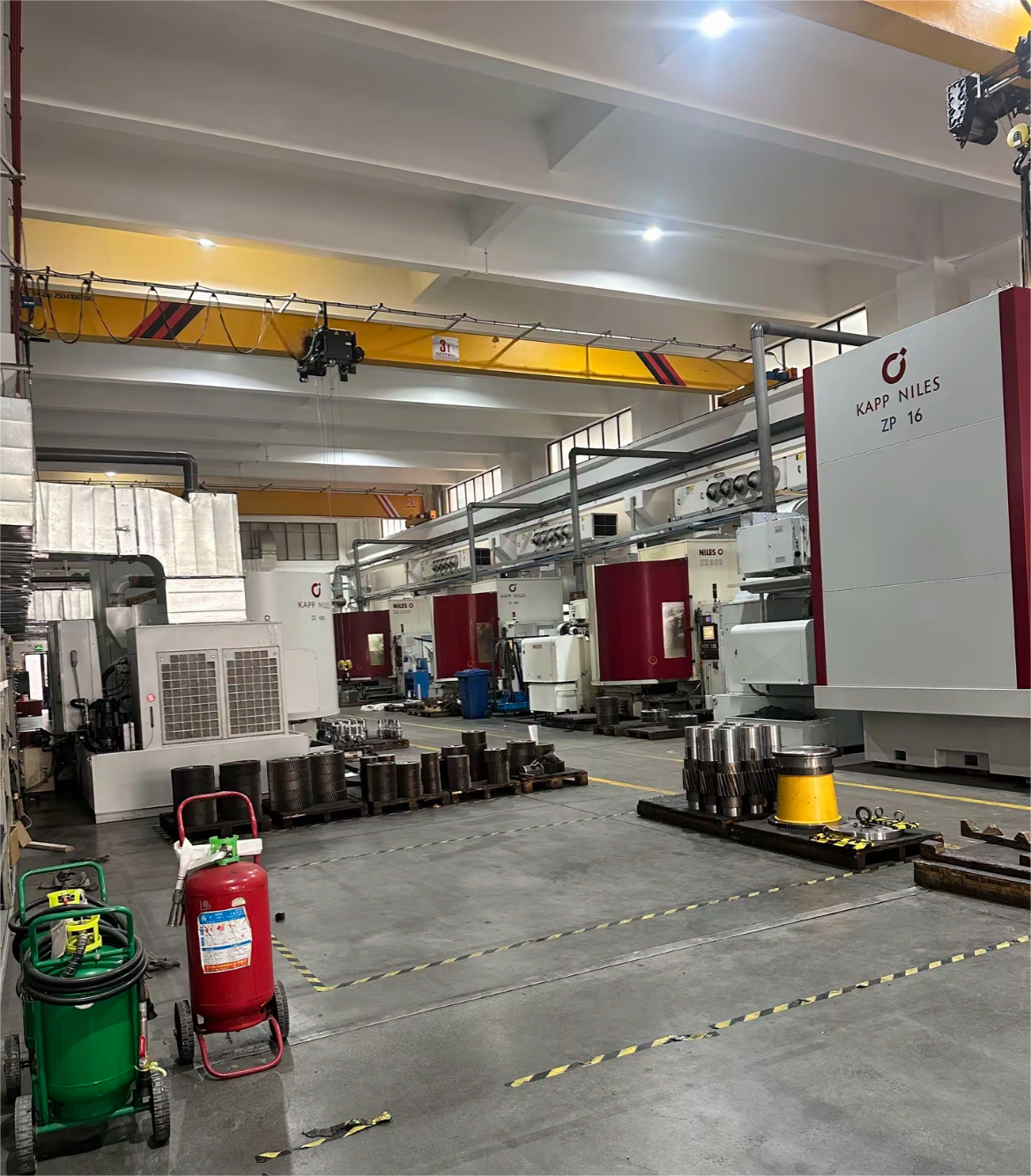
2. Key Technical Approaches to Lightweight Design
Application of High-Strength Materials
Replacing traditional Q235 steel with Q550+ high-strength steel or aluminum alloy composites can reduce material usage by 20%–30% under the same load. For example, one manufacturer reduced a single-girder overhead crane's self-weight by 15% by upgrading the main girder material, while increasing bending resistance by 10%.
Structural Topology Optimization
Leveraging finite element analysis (FEA) and topology optimization, redundant structures are eliminated, and the cross-sectional shape of the main girder is refined. A "box girder + flange plate" composite structure, for instance, enhances stiffness-to-strength ratios and reduces welding joints, further lowering weight.
Modular and Integrated Design
Integrating drive and control systems minimizes transmission components, while modular end girders reduce transportation and installation energy consumption.
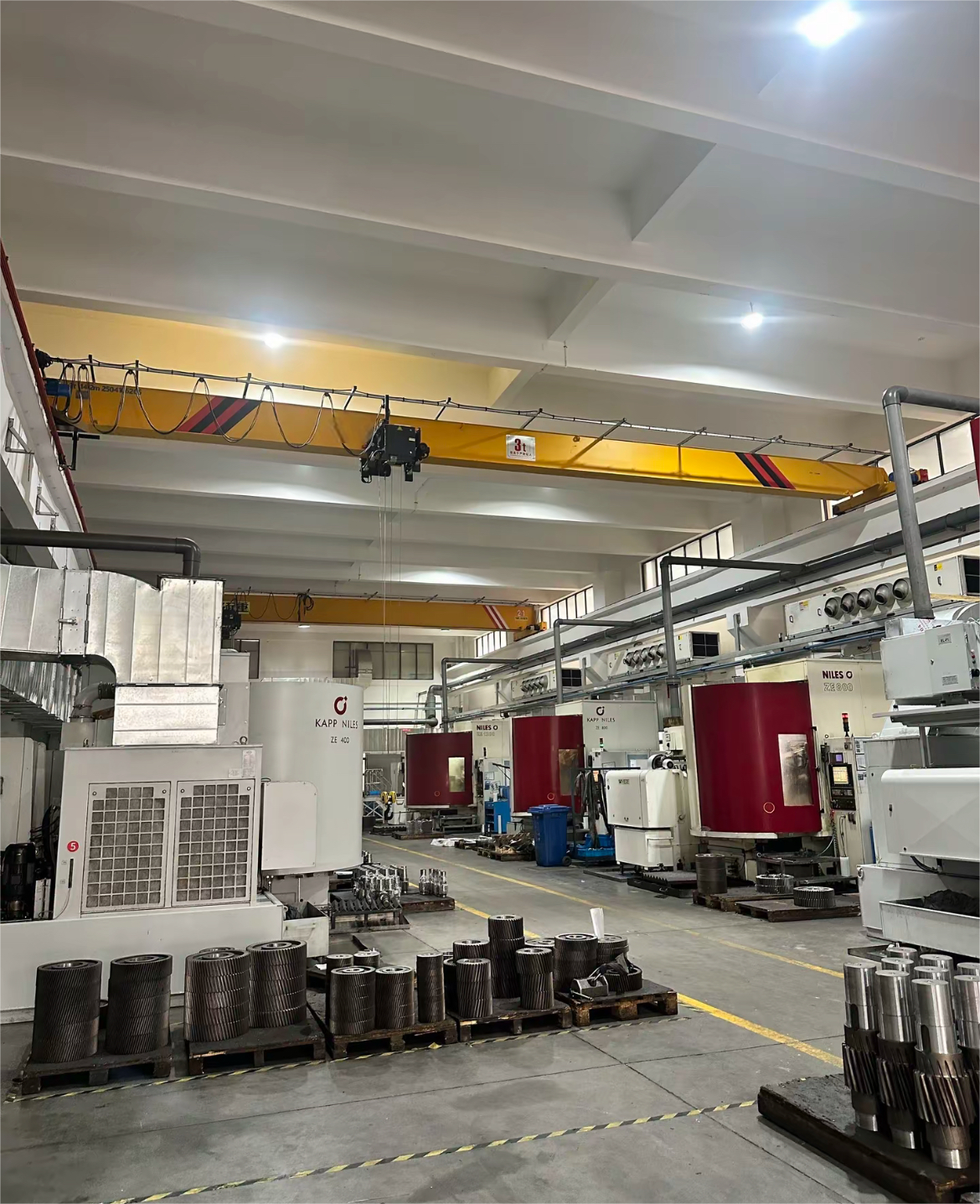
3. Direct Energy-Saving Benefits of Lightweight Design
Reduced Operational Energy Consumption
Lower self-weight decreases motor power requirements. For a 10-ton single-girder overhead crane, a 1-ton weight reduction reduces idle energy consumption by 12%. At 8 hours of daily operation, annual electricity savings can reach 5,000–8,000 kWh.
Extended Equipment Lifespan
Lightweight structures reduce mechanical wear. Critical components like reducers and wheel sets see 15%–20% longer fatigue life, lowering maintenance frequency and replacement costs.
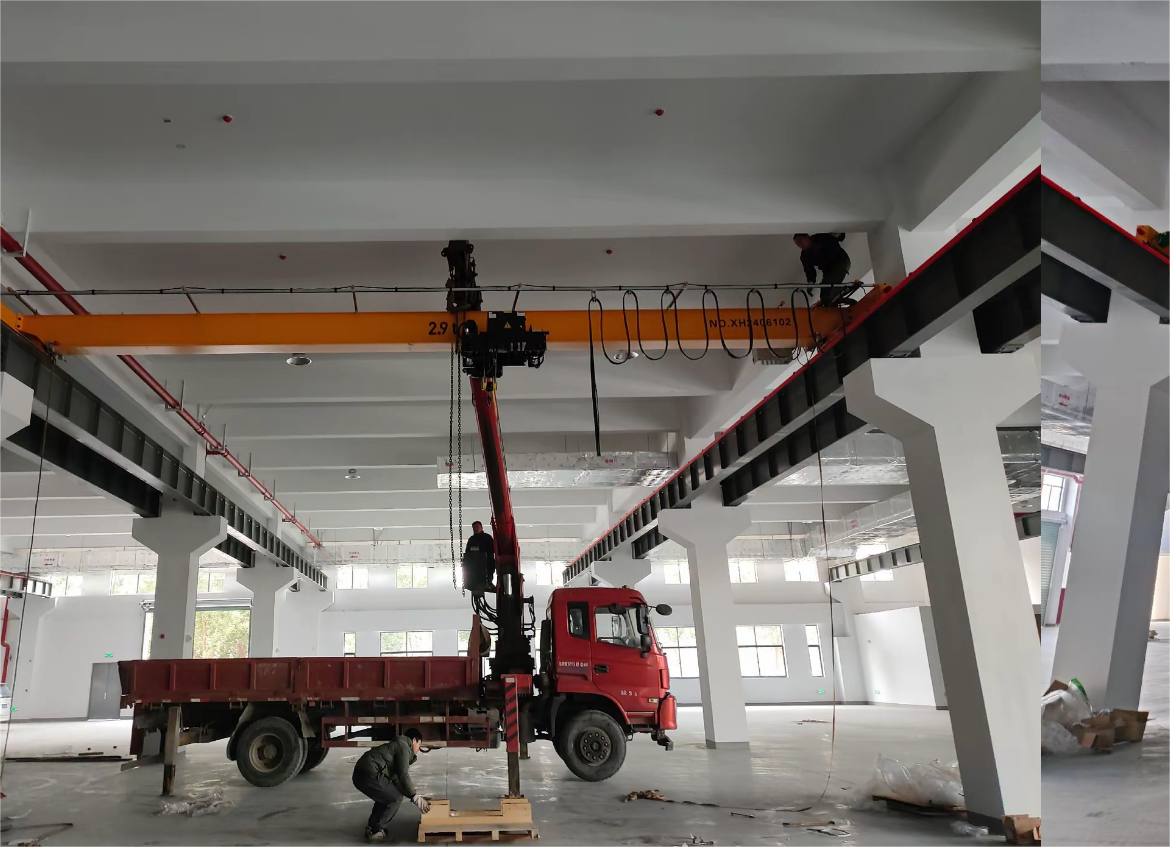
Lower Ancillary Energy Demands
Reduced building load requirements cut steel usage in factory roofs, while transportation fuel consumption decreases, shrinking the carbon footprint across the supply chain.
4. Indirect Economic and Social Benefits
Lower Comprehensive Costs for Enterprises
Lightweight design reduces manufacturing costs by 8%–12%, lowering procurement expenses for users. Combined with electricity and maintenance savings, total lifecycle costs drop by over 20%.
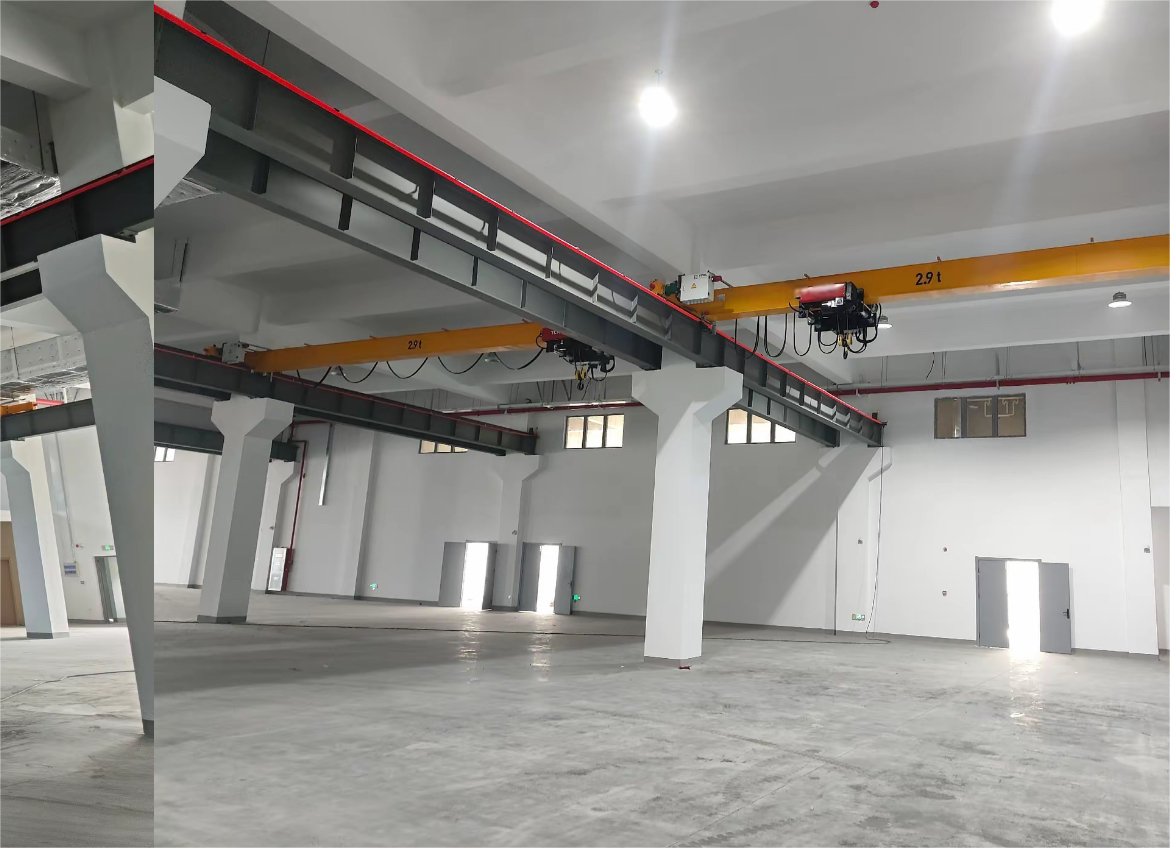
Supporting "Dual Carbon" Goals
Producing 1,000 lightweight single-girder overhead cranes annually could reduce carbon emissions by 12,000 tons (based on 6,000 kWh saved per crane), equivalent to planting 660,000 trees.
Driving Industry Technological Advancement
Lightweight design incentivizes R&D in new materials and processes, pushing the crane industry toward high-end, intelligent solutions. Some companies now integrate lightweight designs with frequency conversion controls and energy recovery systems for secondary energy savings.
